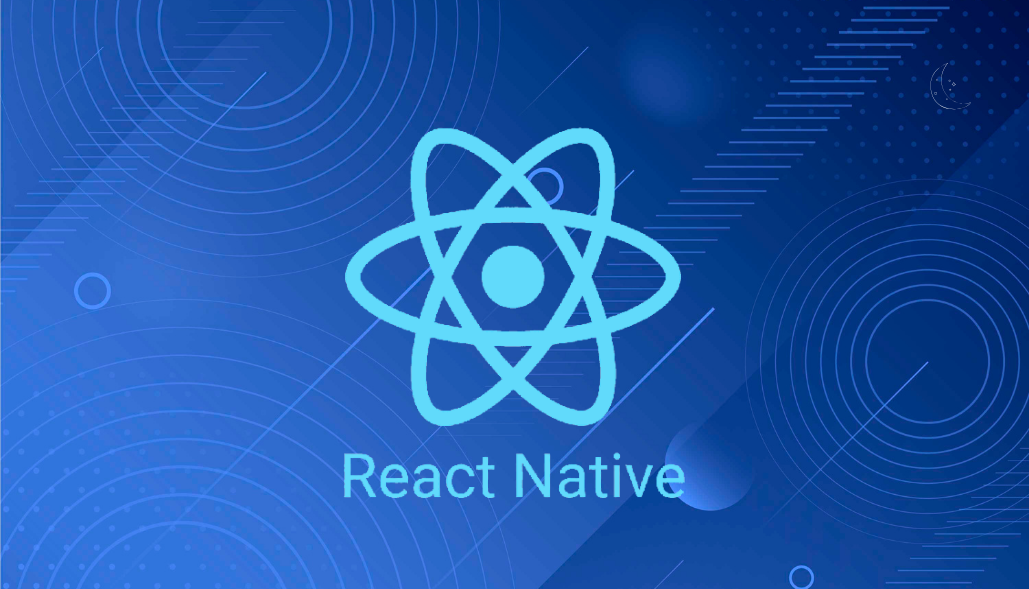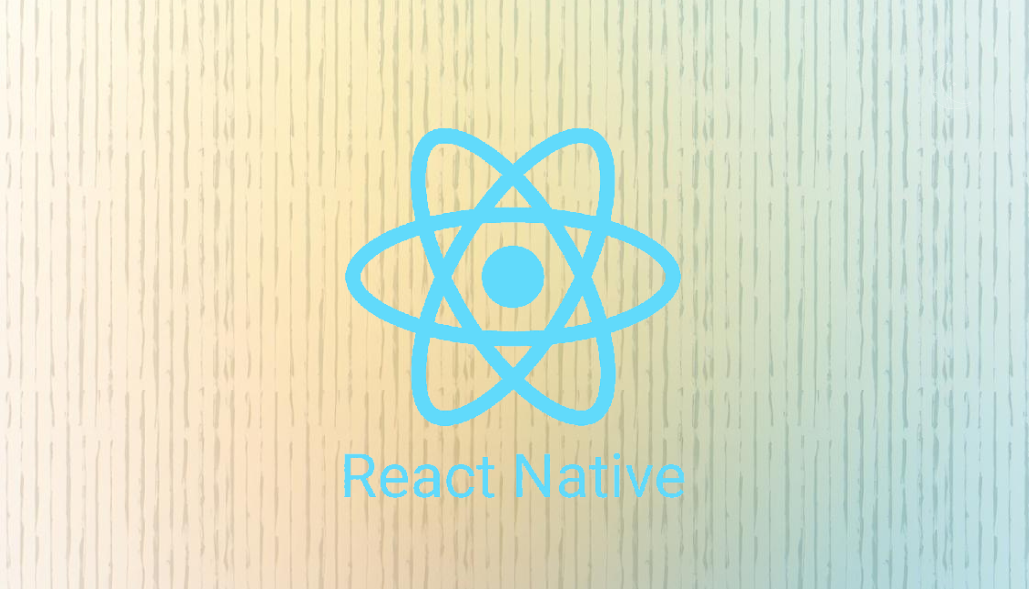The following code structure is implemented in App.js because the application needs to be completely initialized before making any API requests.
import React, { useState, useEffect } from 'react';
import { AppState, View } from 'react-native';
import Navigation from './Navigation'; // Import your Navigation component
/**
* Main application component.
* Renders the navigation component based on the current app state.
*/
const App = () => {
// State to hold the current app state
const [appState, setAppState] = useState(AppState.currentState);
useEffect(() => {
// Function to handle changes in the app state.
const handleAppStateChange = (nextAppState) => {
setAppState(nextAppState);
};
// Subscribe to app state changes
const subscription = AppState.addEventListener('change',handleAppStateChange);
// Unsubscribe when the component unmounts
return () => {
subscription.remove();
};
}, []); // Empty dependency array to run effect only once
return (
<View>
{/* Render the navigation component only when app state is 'active' */}
{appState === 'active' && <Navigation />}
</View>
);
};
export default App;






